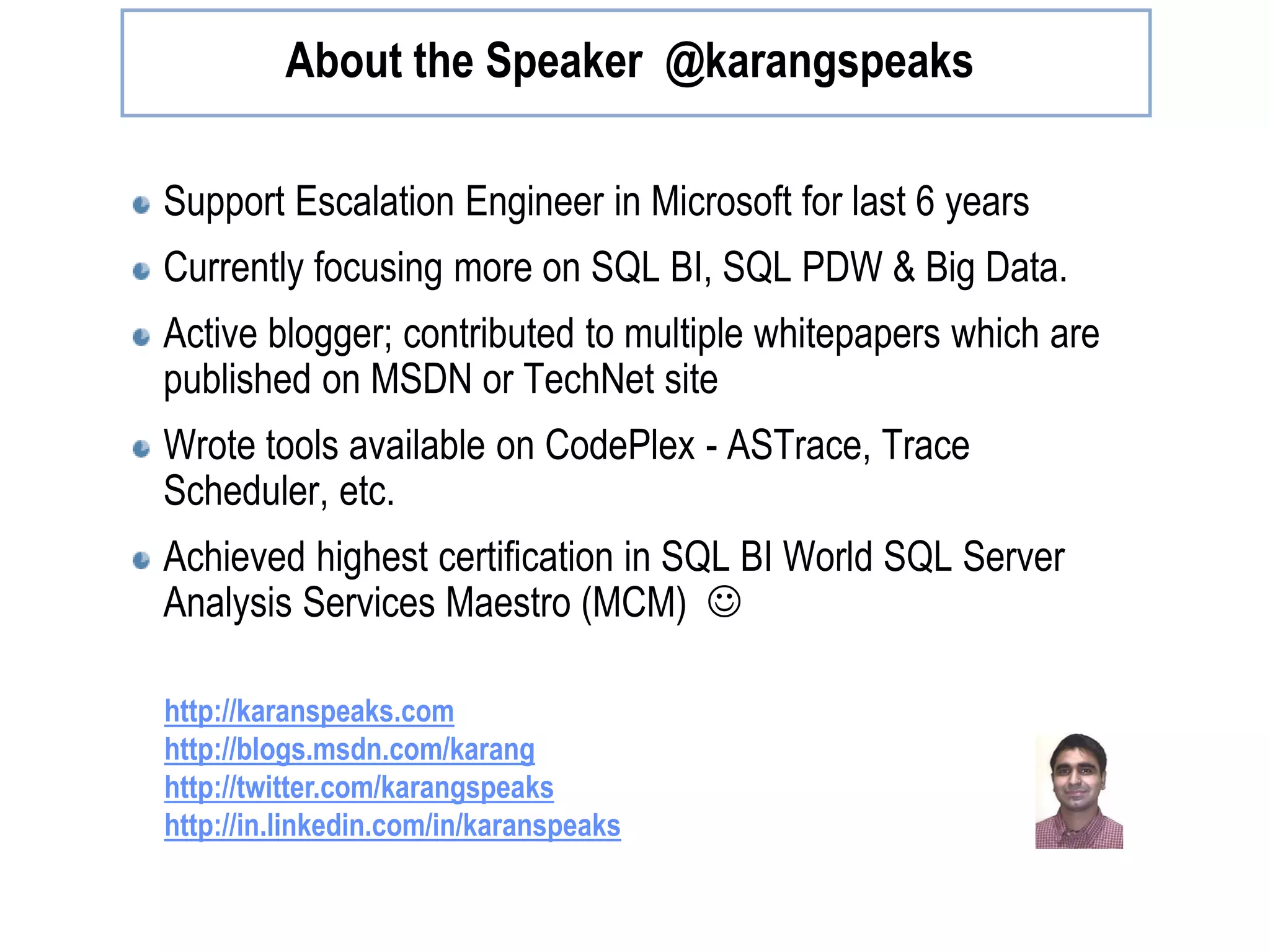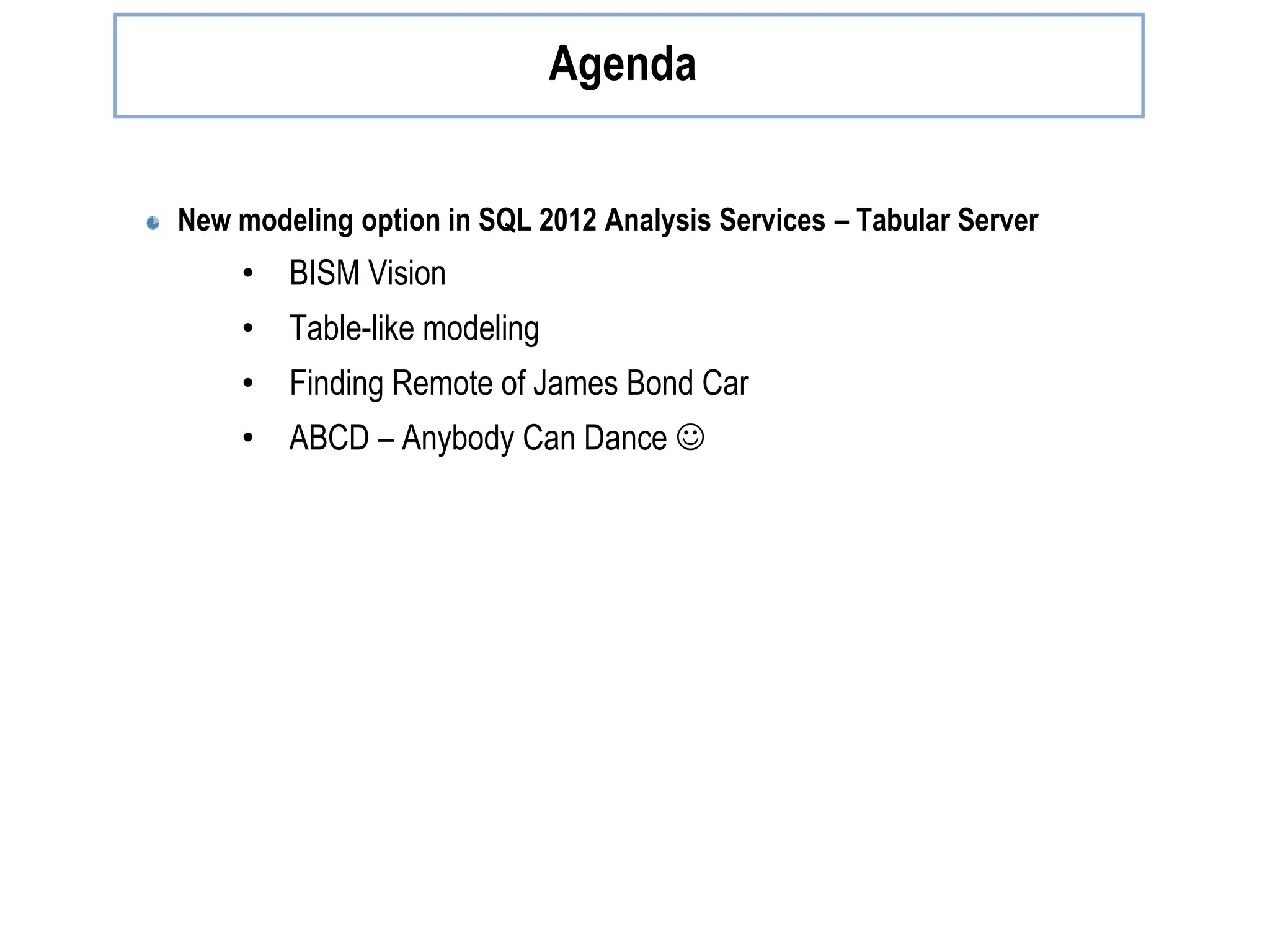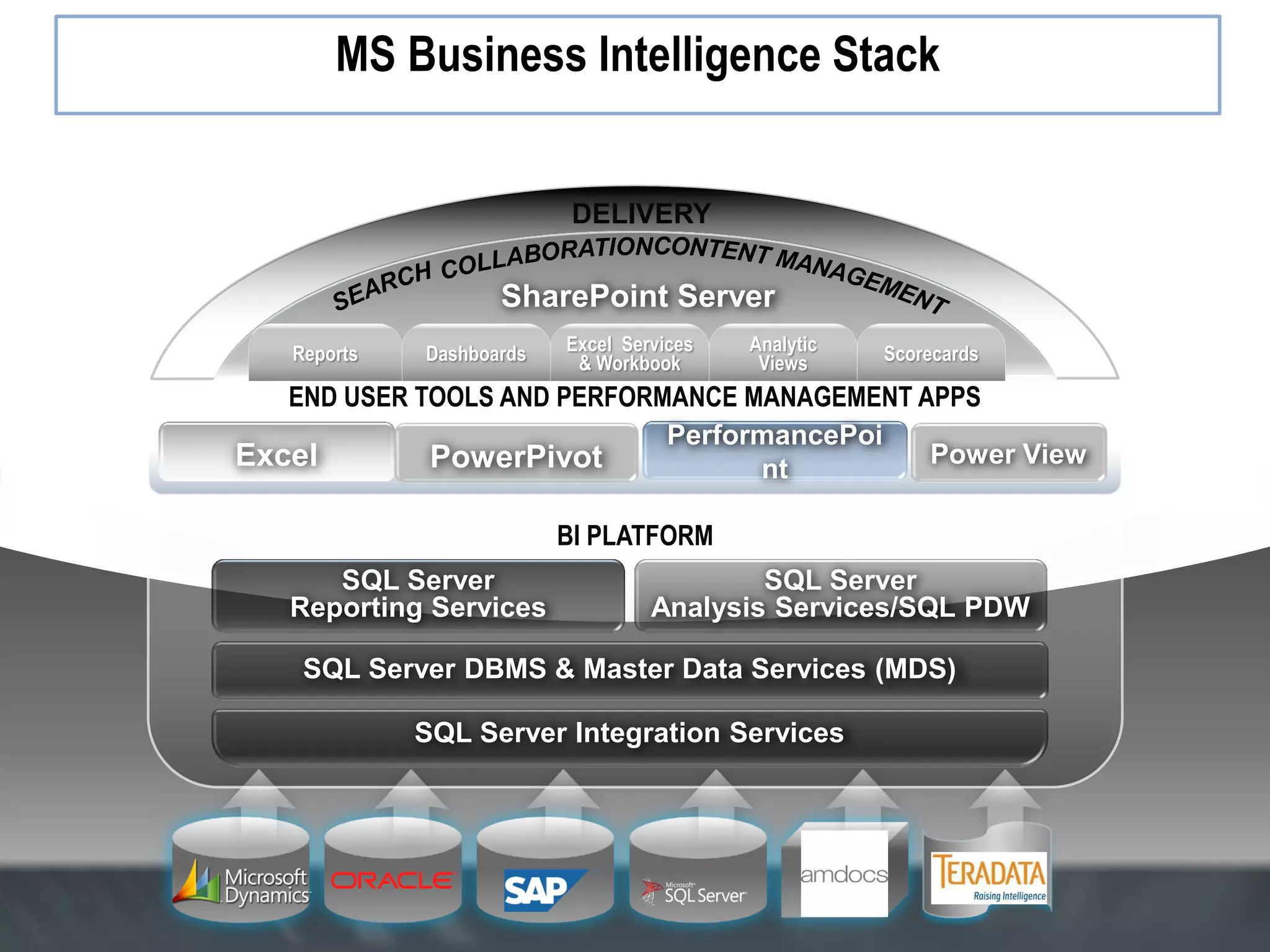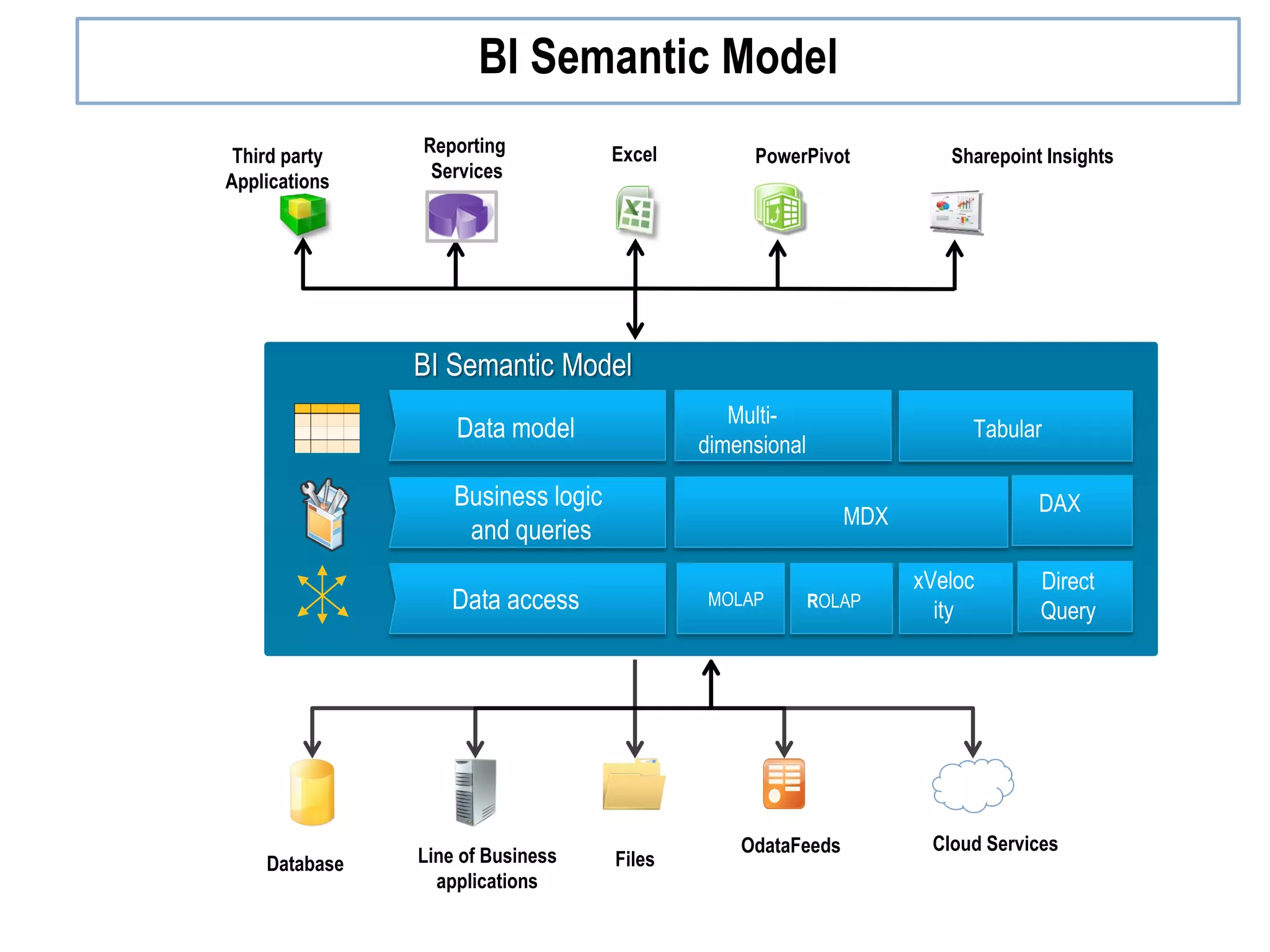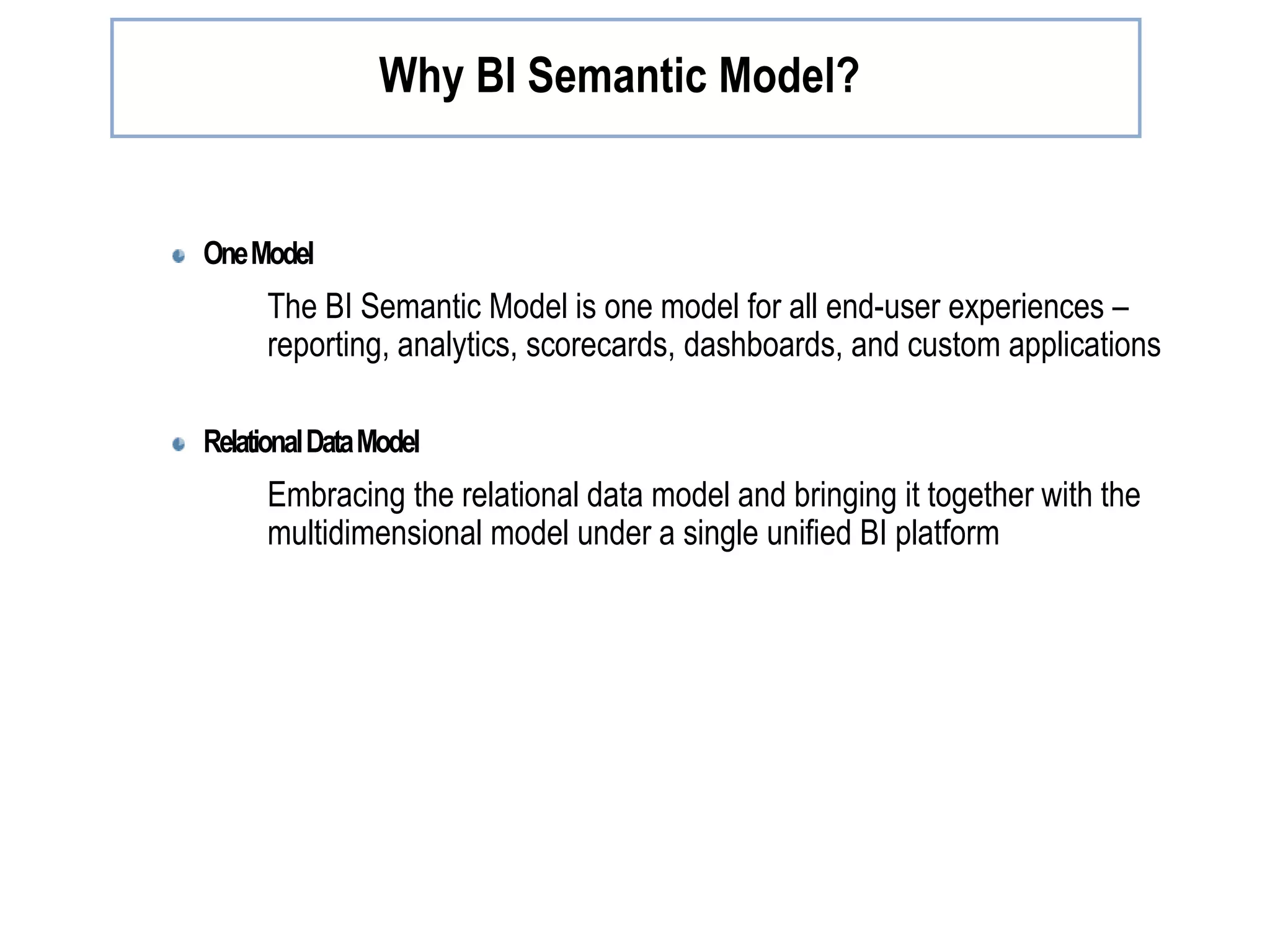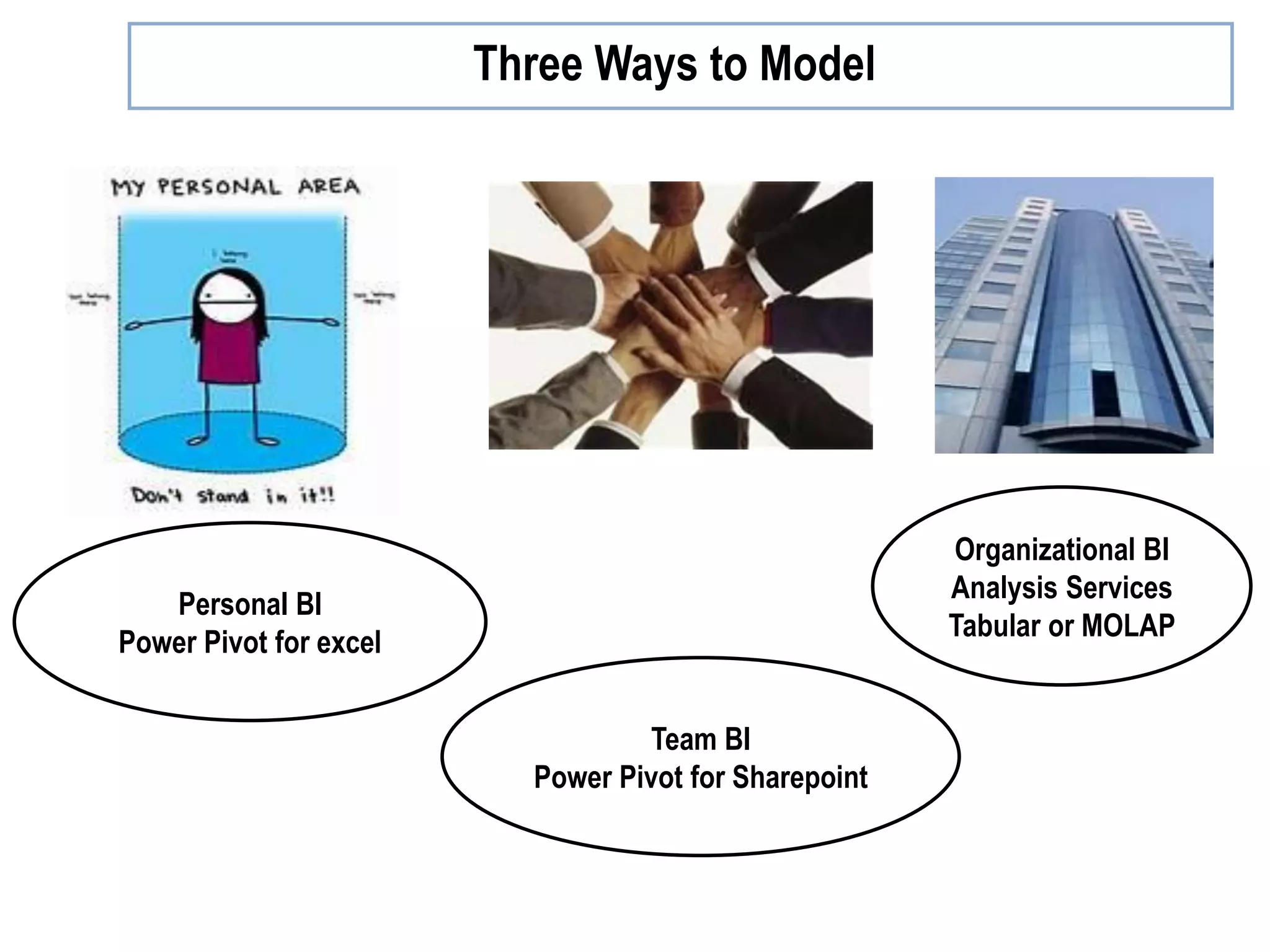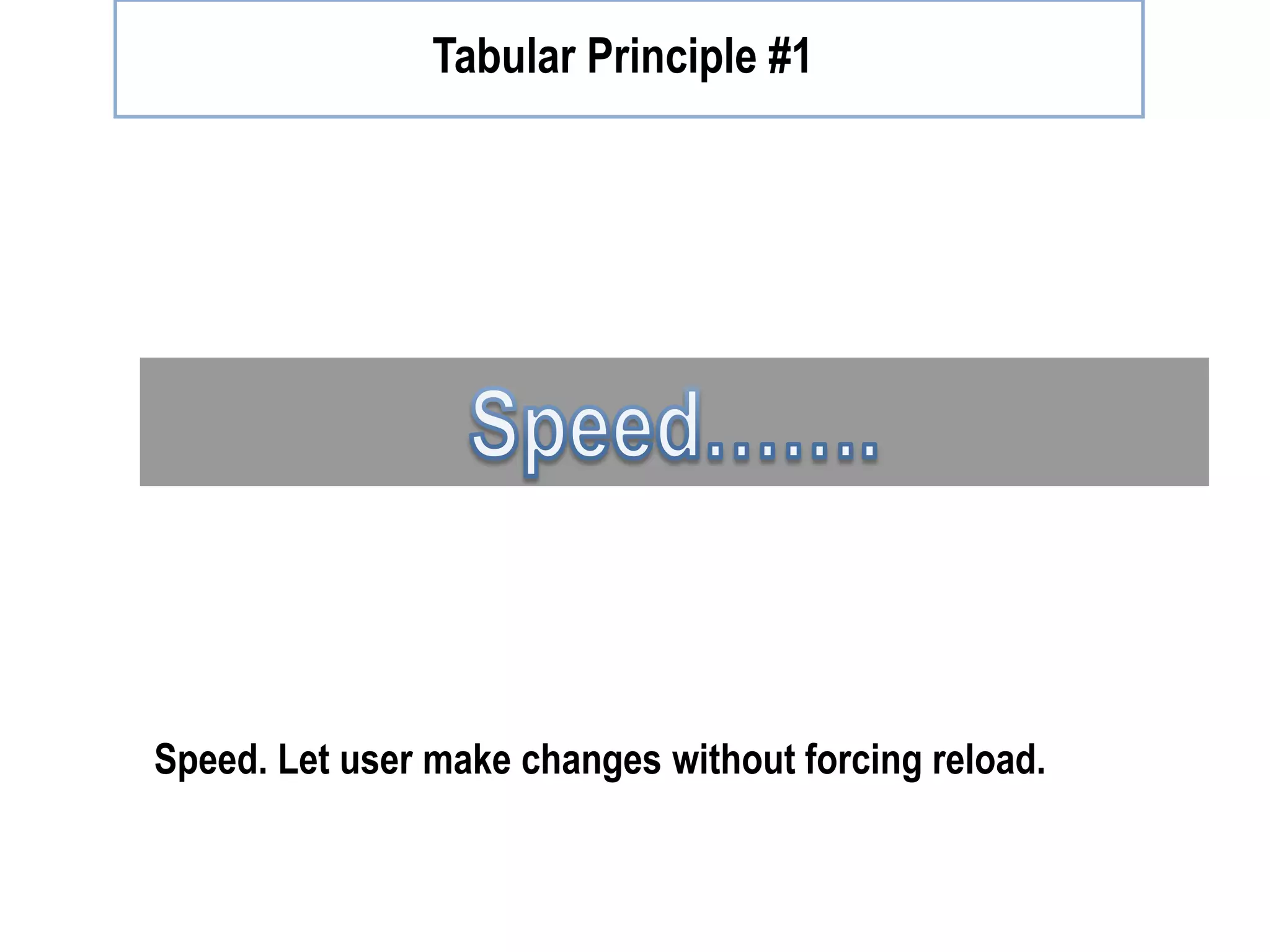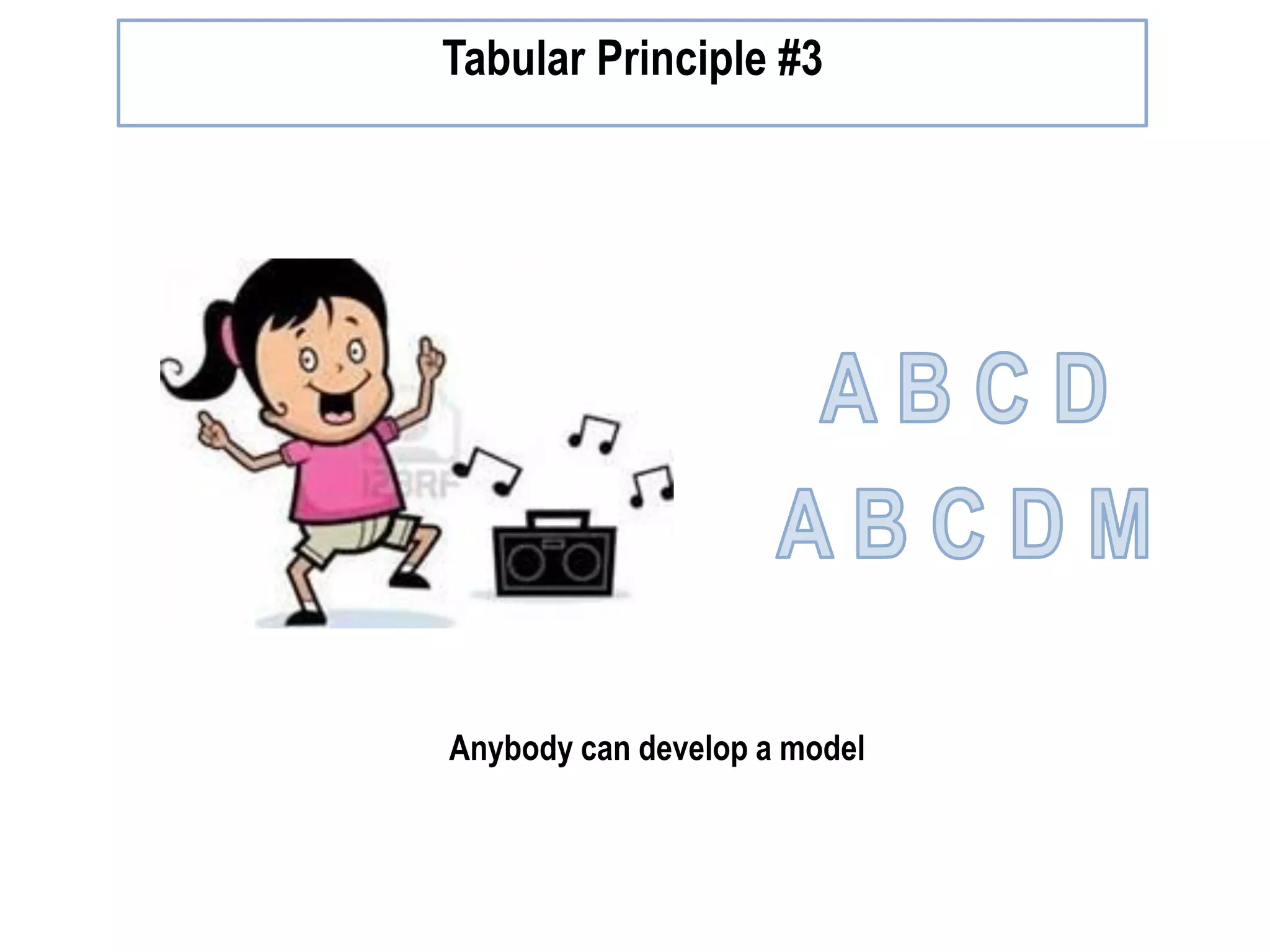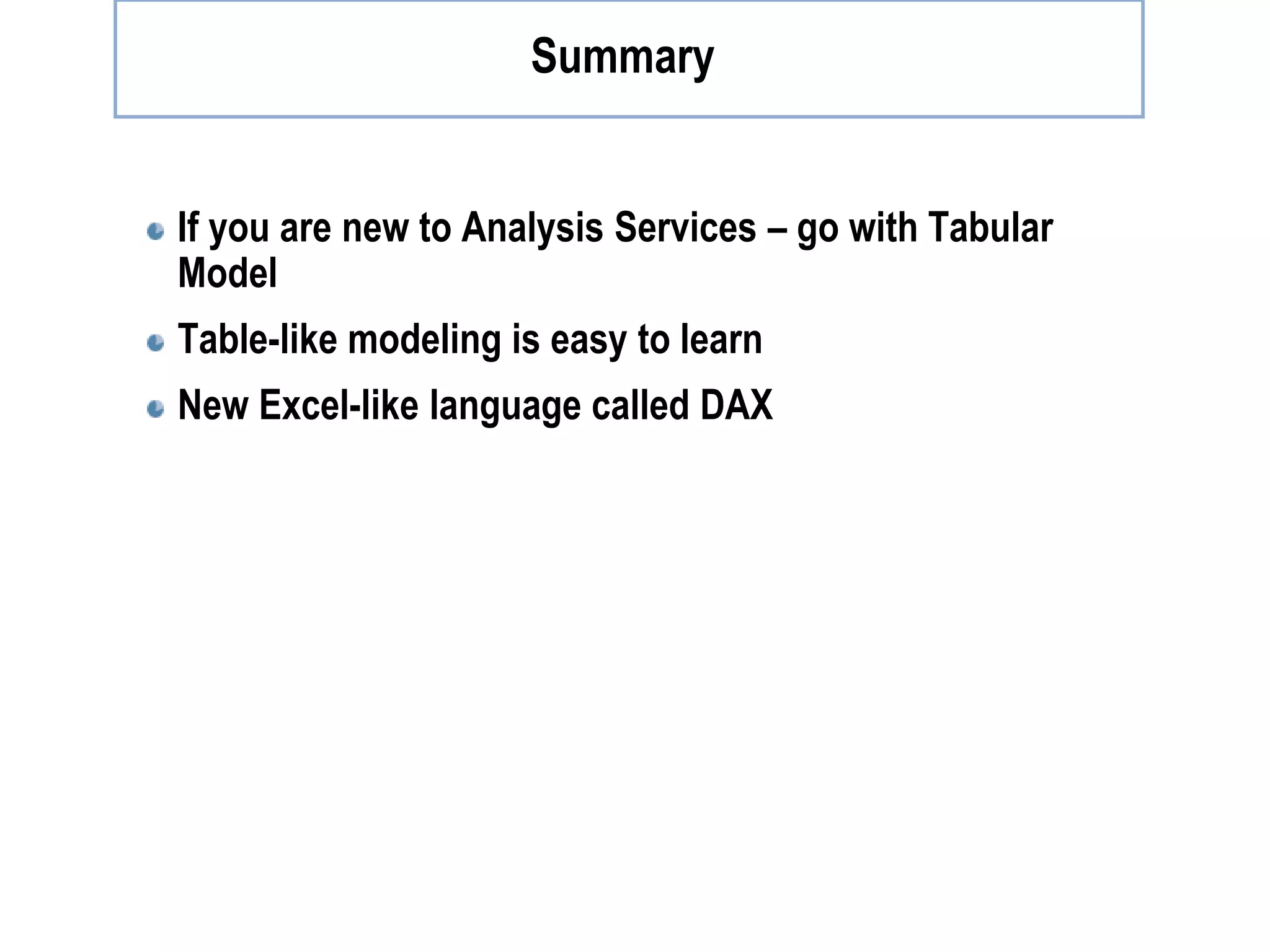The document introduces SQL 2012 Tabular Modeling by Karan Gulati, a Microsoft support engineer and expert in SQL BI. It covers topics including new modeling options, the BI semantic model, and advantages of the tabular principle such as speed and ease of use for developers. The presentation emphasizes the accessibility of tabular modeling and new visual tools in SQL Server for building and reporting data models.

